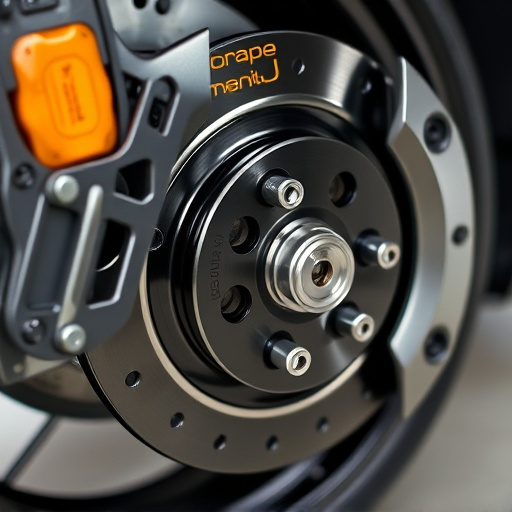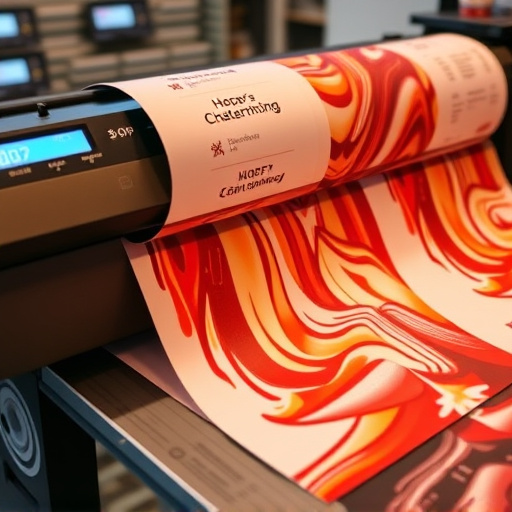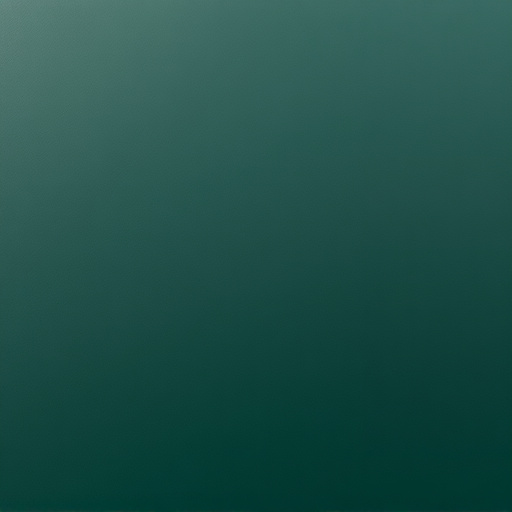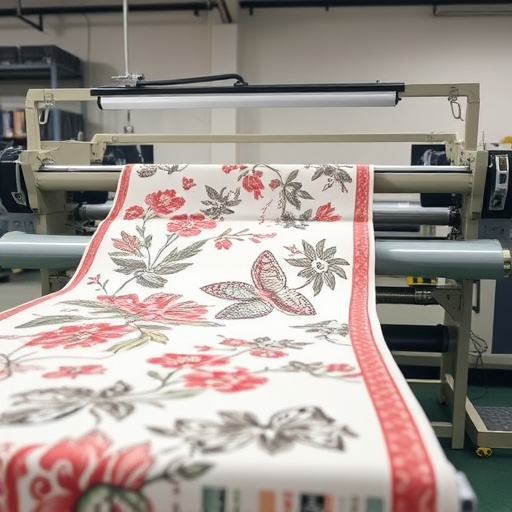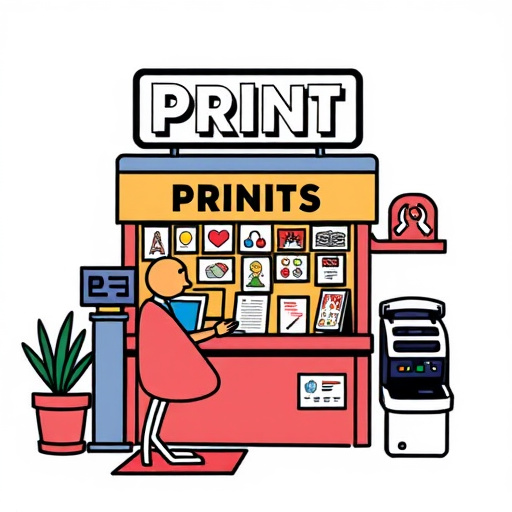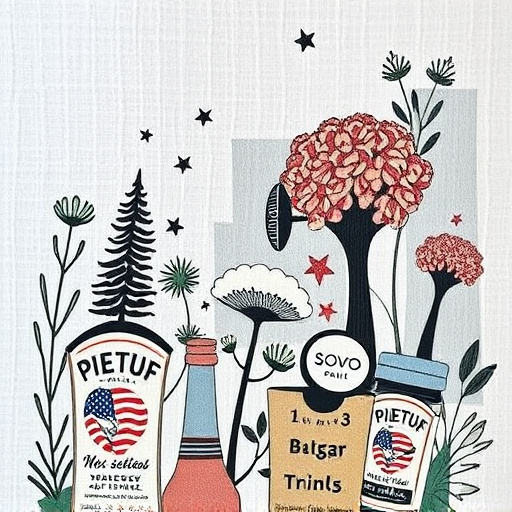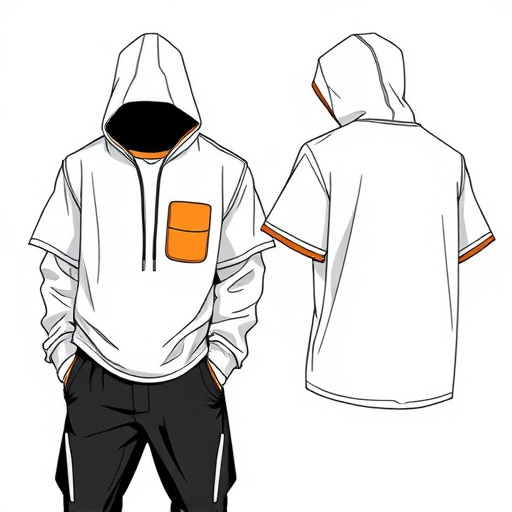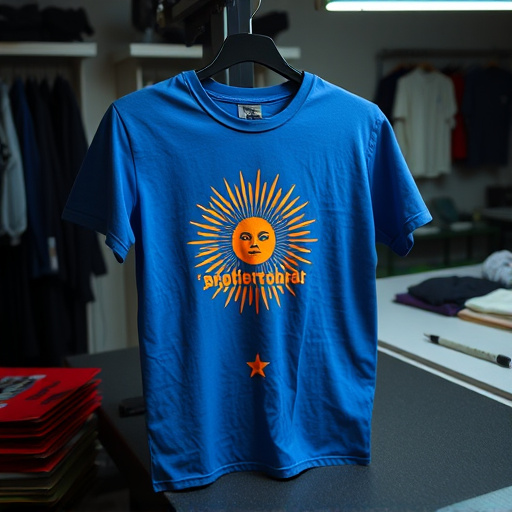DTF Innovation revolutionizes printing with its eco-friendly approach, reducing waste and resources by eliminating intermediate layers. Using special inks and heat pressing, DTF creates vibrant, long-lasting prints on fabrics, optimizing manufacturing while minimizing environmental impact, especially in custom graphic tees and apparel production. This technology caters to the growing demand for sustainable solutions, positioning itself as a leading method for print professionals to achieve efficient, high-quality production with reduced ecological effects.
“Discover how DTF (Direct to Forme) innovation is revolutionizing print while enhancing sustainability. This cutting-edge technology promises a greener future for an industry traditionally reliant on resource-intensive methods.
In this article, we explore its potential to transform printing practices. From ‘Unlocking Potential’ to embracing ‘Eco-Friendly Technologies’, we delve into DTF’s significant impact on environmental sustainability and its role in shaping a more sustainable print industry.”
- Unlocking Potential: DTF's Role in Sustainable Print
- Eco-Friendly Technologies: The Future of Printing
- Transforming Industry: DTF's Impact on Environmental Sustainability
Unlocking Potential: DTF's Role in Sustainable Print
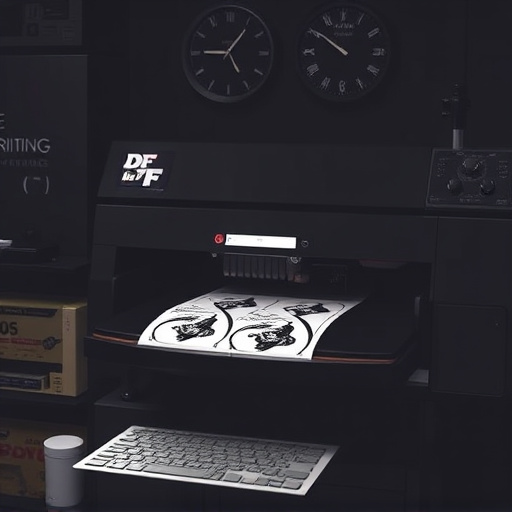
Unlocking Potential: DTF’s Role in Sustainable Print
Direct-to-fabric (DTF) innovation is revolutionizing the print industry, offering a path toward enhanced sustainability. This cutting-edge technology allows for precise application of designs directly onto fabrics, eliminating the need for intermediate layers and reducing waste. By skipping traditional steps like screen printing or vinyl cutting, DTF transfers achieve remarkable results with minimal environmental impact. The process involves applying a special ink to custom sheets, which are then heat pressed onto garments, creating vibrant, long-lasting prints without generating excessive scrap material.
This shift towards bulk DTF shirt production not only streamlines manufacturing but also promotes eco-conscious practices. Custom sheets for heat pressing designs onto garments enable efficient use of resources, ensuring that every aspect of the printing process is optimized to reduce waste and conserve energy. As a result, DTF innovation promises a greener future for the print industry while delivering high-quality, personalized products.
Eco-Friendly Technologies: The Future of Printing
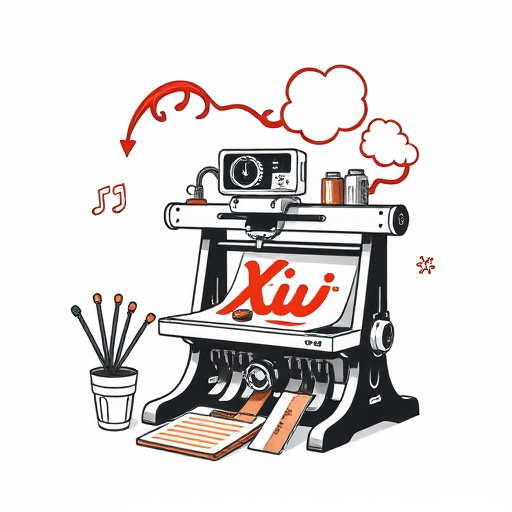
The print industry is undergoing a significant transformation with the advent of eco-friendly technologies, marking a promising future for sustainability in DTF innovation. Traditional printing methods have often been associated with environmental concerns due to their reliance on toxic chemicals and non-biodegradable materials. However, Digital Transfer Film (DTF) techniques are revolutionizing this space by offering a more environmentally conscious approach to custom graphic tees and other printed products.
One of the key advantages of DTF for light fabrics is its ability to minimize waste and reduce the carbon footprint. This method utilizes heat press machines to transfer designs onto fabrics, eliminating the need for harmful inks and solvents. As a result, it becomes an ideal solution for those seeking sustainable alternatives in the clothing industry. The adoption of these technologies not only benefits the environment but also caters to the growing consumer demand for eco-conscious products, ensuring that the future of printing is both innovative and responsible.
Transforming Industry: DTF's Impact on Environmental Sustainability
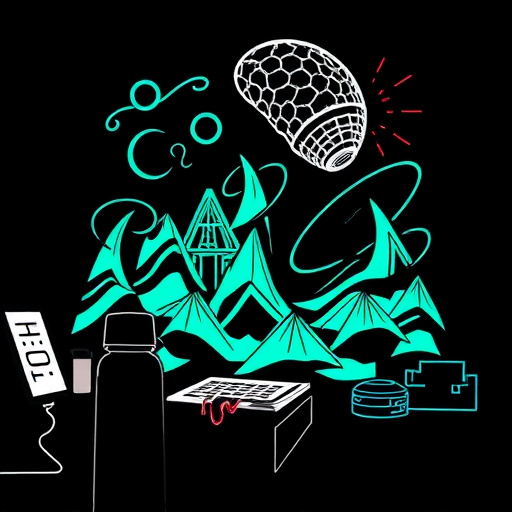
The advent of DTF (Direct-to-Film) innovation has sparked a revolution within the print industry, catalyzing significant strides toward enhanced environmental sustainability. This cutting-edge technology has not only streamlined production processes but also drastically reduced waste and resource consumption, marking a departure from traditional printing methods. By eliminating the need for intermediate steps like plate making, DTF printers minimize chemical usage and waste generation, fostering a greener manufacturing landscape.
Moreover, DTF printing’s direct application to materials, particularly light fabrics, presents a sustainable alternative for the apparel sector. This method allows for precise, vibrant color reproduction on diverse substrates, encouraging responsible fabric printing practices. As the demand for eco-friendly solutions grows, DTF innovation stands as a beacon of hope, offering print professionals a viable path toward sustainability while maintaining exceptional quality and efficiency.
DTF innovation is revolutionizing the print industry, unlocking new potential for environmental sustainability. By embracing eco-friendly technologies like Direct to Forme (DTF), businesses can significantly reduce their carbon footprint and contribute to a greener future. The transformative impact of DTF on sustainable printing practices is undeniable, marking a promising path forward for an industry striving to balance quality and ecological responsibility.


